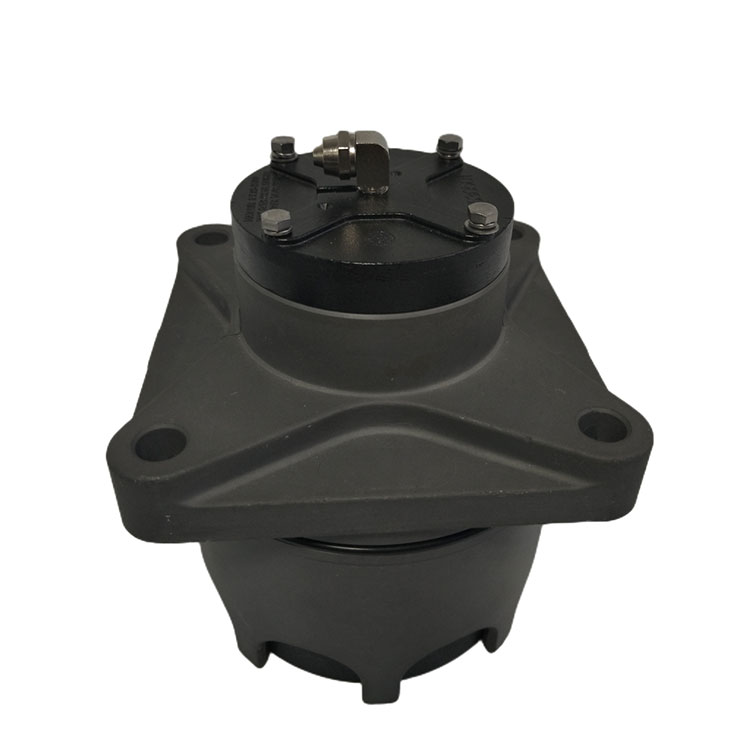Prolonging Performance: Maintenance Requirements and Best Practices for the DN100 Optipow Valve with Fitting Parker
2024-06-21
The DN100 Optipow Valve with Fitting Parker is a high-quality, durable component used in various industrial applications. To ensure its optimal performance and longevity, regular maintenance and adherence to best practices are crucial. This blog outlines the typical maintenance requirements and best practices to keep your DN100 Optipow Valve operating efficiently for years to come.
Understanding Maintenance Requirements
1. Regular Inspections
Visual Checks
Perform routine visual inspections of the valve to identify any signs of wear, corrosion, or damage. Look for leaks, cracks, or discoloration in the valve body and fittings.
Functional Testing
Periodically test the valve's functionality by operating it through its full range of motion. This ensures that the valve opens and closes smoothly and that the actuator, if present, operates correctly.
2. Cleaning and Debris Removal
External Cleaning
Keep the exterior of the valve clean to prevent the buildup of dirt, grease, and other contaminants. Use a mild detergent and water solution to clean the valve surface, avoiding abrasive materials that could damage the finish.
Internal Cleaning
Disassemble the valve periodically to clean the internal components. This is particularly important in systems where the valve is exposed to fluids or gases that could leave deposits or residues. Use appropriate cleaning solutions that do not damage the valve materials.
3. Lubrication
Moving Parts
Lubricate the moving parts of the valve, such as the stem and actuator components, with a suitable lubricant. This reduces friction and wear, ensuring smooth operation. Refer to the manufacturer's guidelines for recommended lubricants.
4. Seal and Gasket Replacement
Inspection and Replacement
Regularly inspect seals and gaskets for signs of wear, such as cracks, tears, or deformation. Replace these components as needed to prevent leaks and maintain the valve's integrity. Always use manufacturer-approved replacement parts to ensure compatibility and performance.
5. Tightening and Adjustment
Check Fittings and Connections
Periodically check all fittings and connections for tightness. Loose fittings can lead to leaks and operational inefficiencies. Use the appropriate tools to tighten connections to the specified torque settings provided by the manufacturer.
Best Practices for Ensuring Longevity
1. Follow Manufacturer Guidelines
Maintenance Schedule
Adhere to the maintenance schedule recommended by the manufacturer. This includes routine inspections, cleaning, lubrication, and part replacements. Following the manufacturer's guidelines helps prevent premature wear and potential failures.
Authorized Parts and Lubricants
Use only authorized replacement parts and lubricants specified by the manufacturer. This ensures compatibility and maintains the valve's warranty.
2. Environmental Considerations
Protection from Harsh Conditions
If the valve is installed in a harsh environment, such as extreme temperatures or corrosive atmospheres, take additional protective measures. Use protective coatings or enclosures to shield the valve from these conditions.
Monitor Operating Conditions
Continuously monitor the operating conditions, including pressure, temperature, and flow rates, to ensure they remain within the valve's specified limits. Operating the valve outside its design parameters can lead to accelerated wear and potential failure.
3. Proper Handling and Installation
Correct Installation
Ensure the valve is installed correctly, following the manufacturer's installation instructions. Proper alignment and securing of the valve prevent undue stress on the components and ensure optimal performance.
Training and Safety
Provide adequate training for personnel handling and maintaining the valve. Proper handling techniques and safety precautions reduce the risk of damage during maintenance activities.
4. Documentation and Record-Keeping
Maintenance Records
Maintain detailed records of all maintenance activities, including inspections, cleanings, part replacements, and functional tests. This documentation helps track the valve's condition and identify patterns or recurring issues.
Performance Logs
Keep logs of the valve's performance, noting any changes or anomalies. This information can be invaluable for troubleshooting and planning future maintenance.
5. Emergency Preparedness
Spare Parts Inventory
Maintain an inventory of critical spare parts to minimize downtime in case of unexpected failures. Having essential components readily available ensures that repairs can be carried out promptly.
Emergency Procedures
Develop and train personnel on emergency procedures for dealing with valve failures. Quick and effective responses can prevent minor issues from escalating into major problems.
Conclusion
The DN100 Optipow Valve with Fitting Parker is a reliable and robust component that, with proper maintenance and adherence to best practices, can provide long-lasting performance in demanding industrial applications. Regular inspections, cleaning, lubrication, and part replacements, combined with following manufacturer guidelines and environmental considerations, are key to ensuring the valve’s longevity. By implementing these maintenance requirements and best practices, you can maximize the operational efficiency and lifespan of your DN100 Optipow Valve, protecting your investment and maintaining system reliability.



